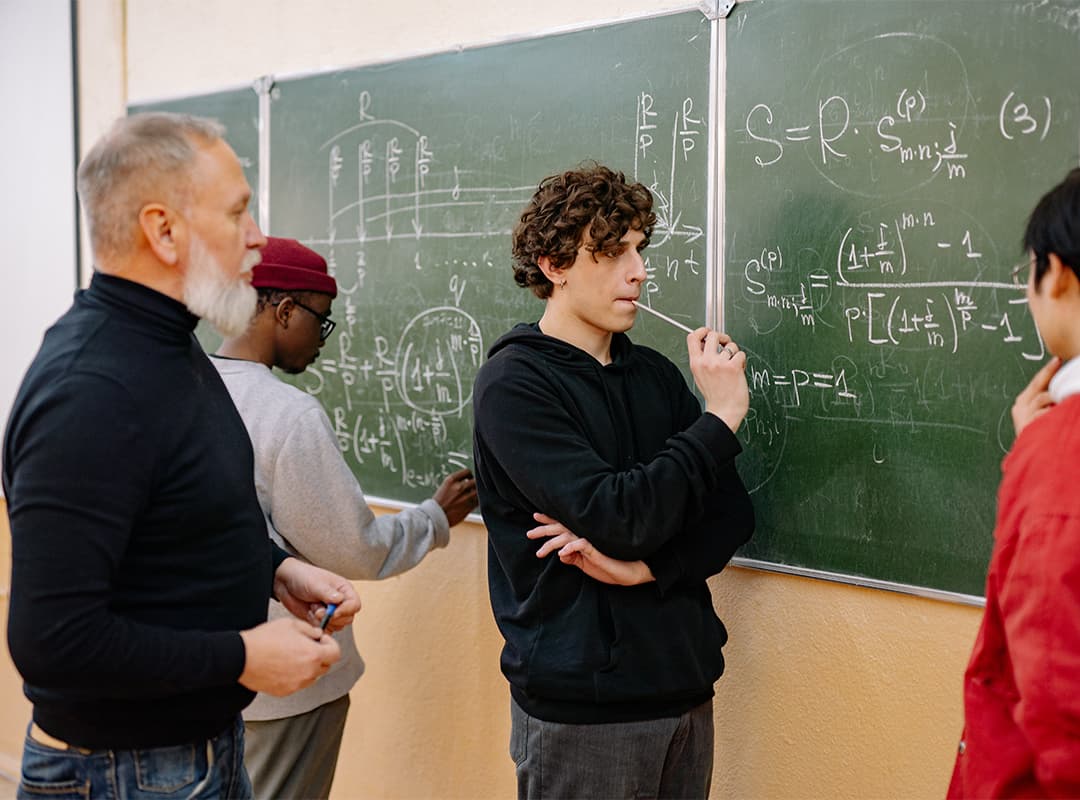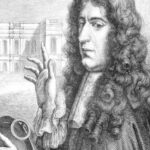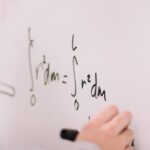Fundamental physical theories, as a rule, are not derived from already known ones, but are built from scratch. The first step in such a construction is a real “guessing” of what mathematical model should be taken as a basis. It often turns out that the construction of a theory requires a new (and usually more complicated) mathematical apparatus, unlike the one used in theoretical physics elsewhere. This is not a whim, but a necessity: usually new physical theories are built where all previous theories (i.e. based on the “familiar” mathematical apparatus) have shown their failure in describing Nature. Sometimes it turns out that the corresponding matapparatus is absent in the arsenal of pure mathematics, and it has to be invented.
Additional, but not obligatory, criteria for constructing a “good” theory may be the notions of
- of “mathematical beauty”,
- “Occam’s razor, and the generality of approach to many systems,
- the ability not only to describe existing data, but also to predict new data.
- the possibility of reduction into any already known theory in any of their general areas of applicability (the correspondence principle),
- the possibility of clarifying within the theory itself its field of applicability. Thus, for example, classical mechanics “does not know” the limits of its applicability, and thermodynamics “knows” in what limit it should not work.
Criteria such as “common sense” or “everyday experience” are not only undesirable in theory building, but have already managed to discredit themselves: many modern theories may “contradict common sense”, but they describe reality many orders of magnitude more accurately than “common sense-based theories”.





